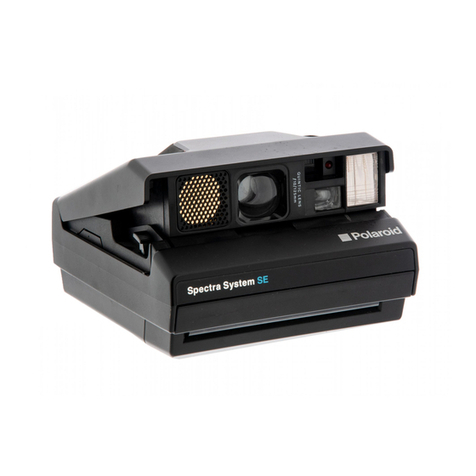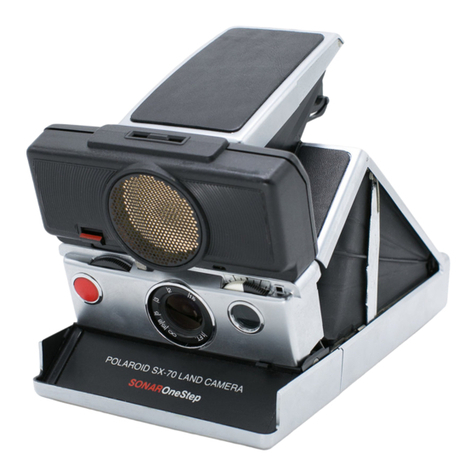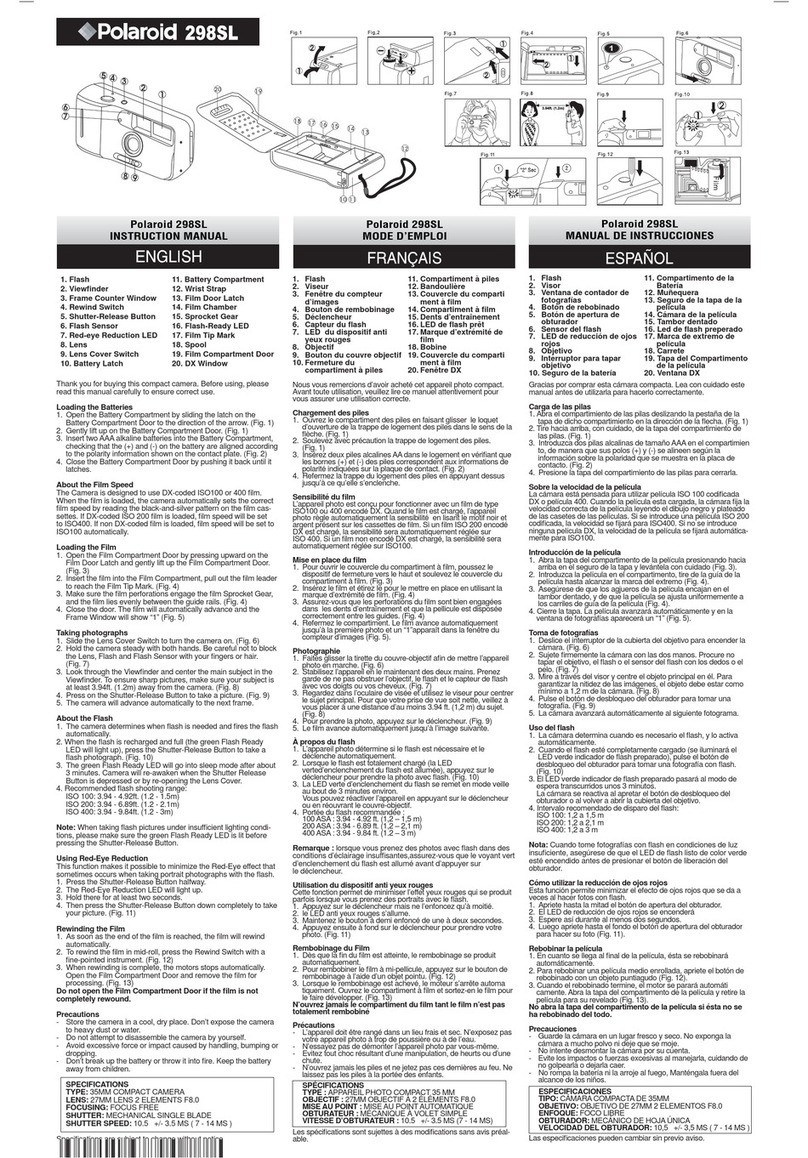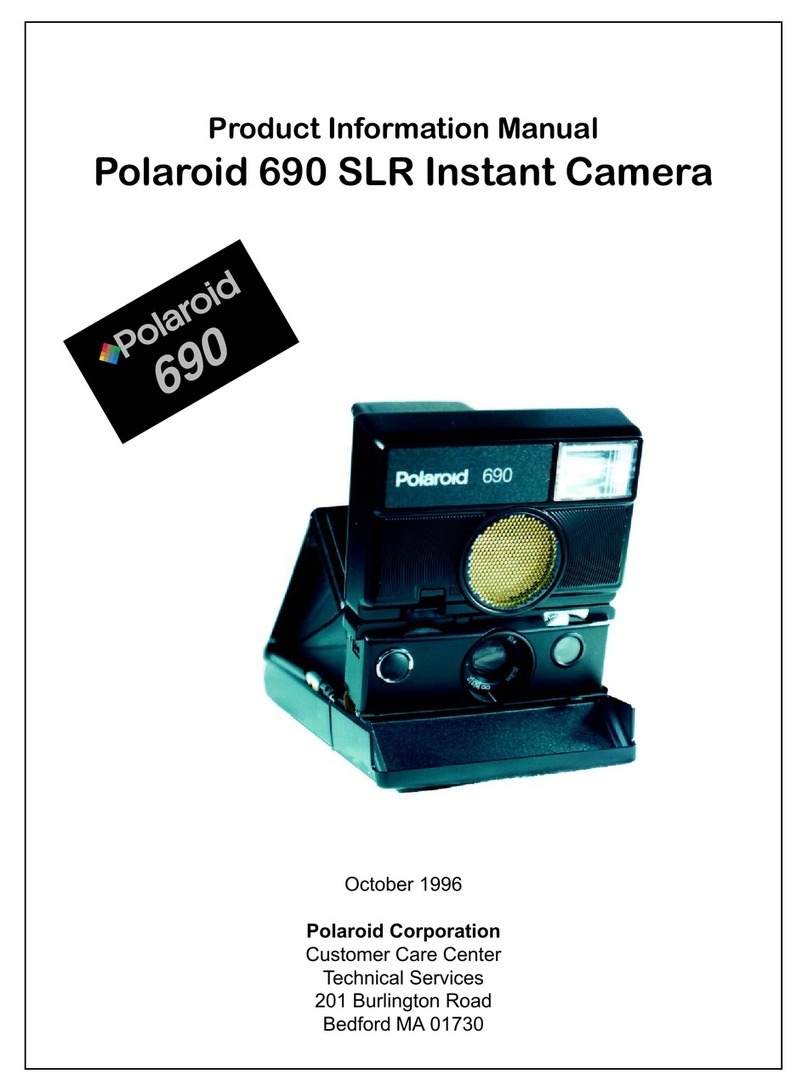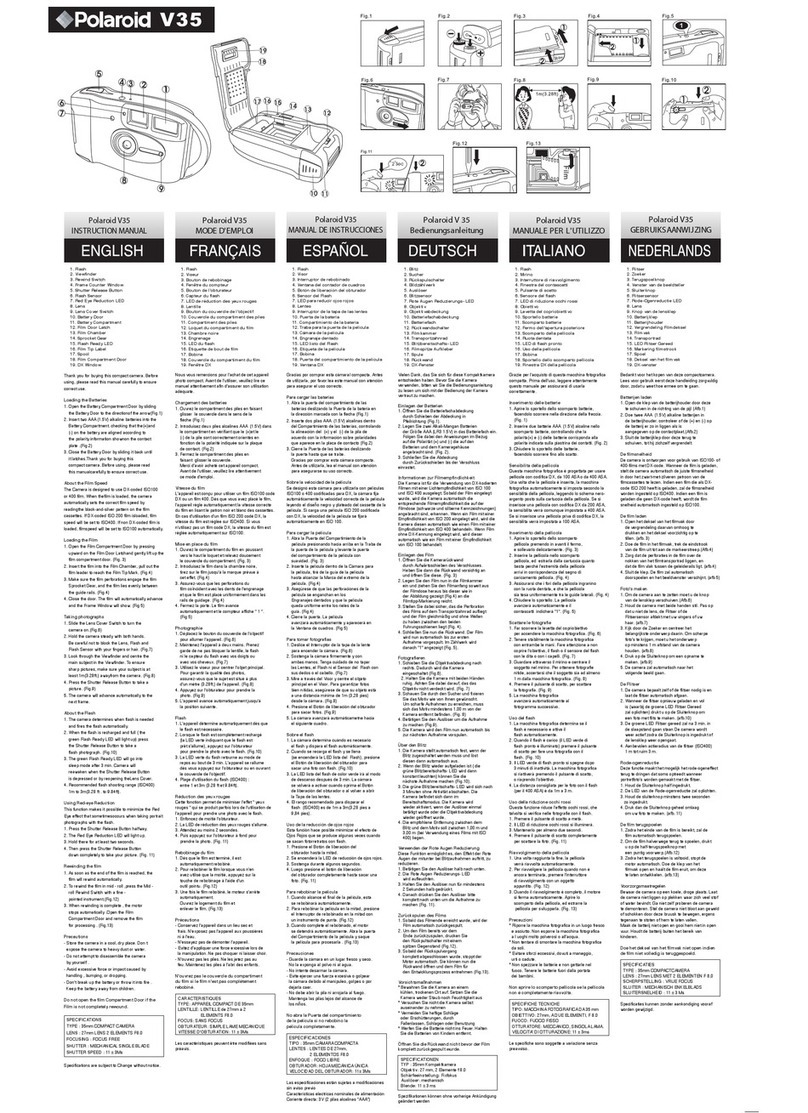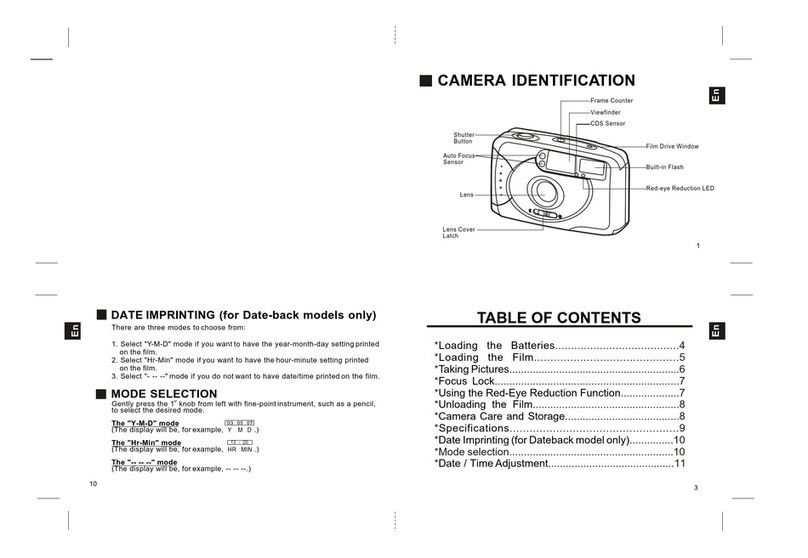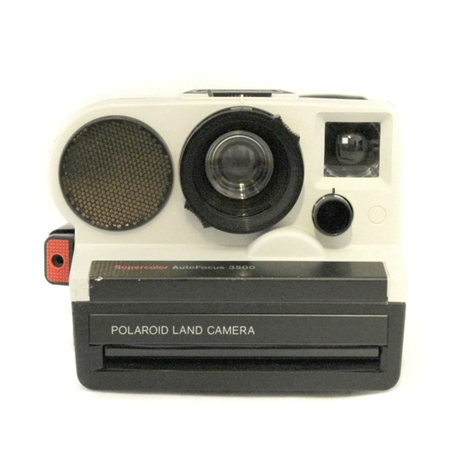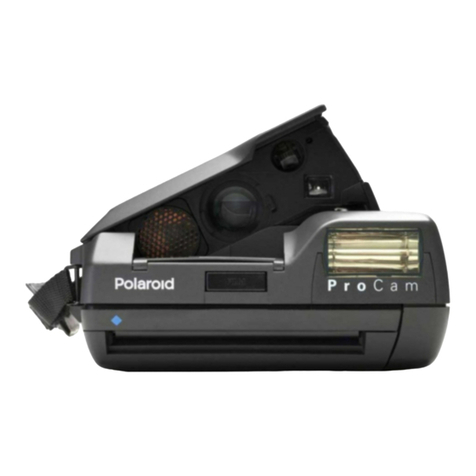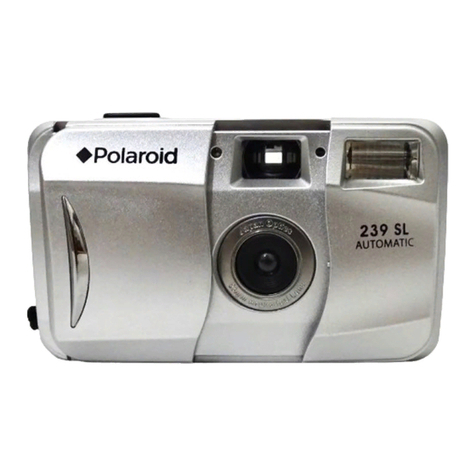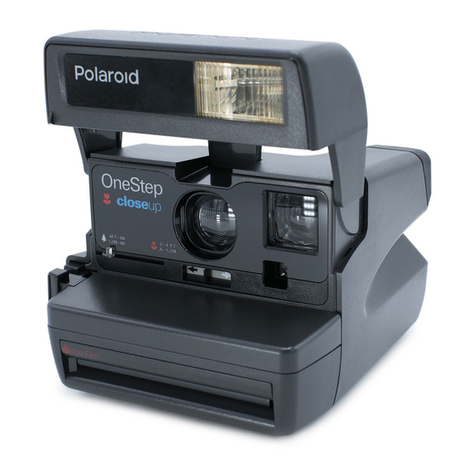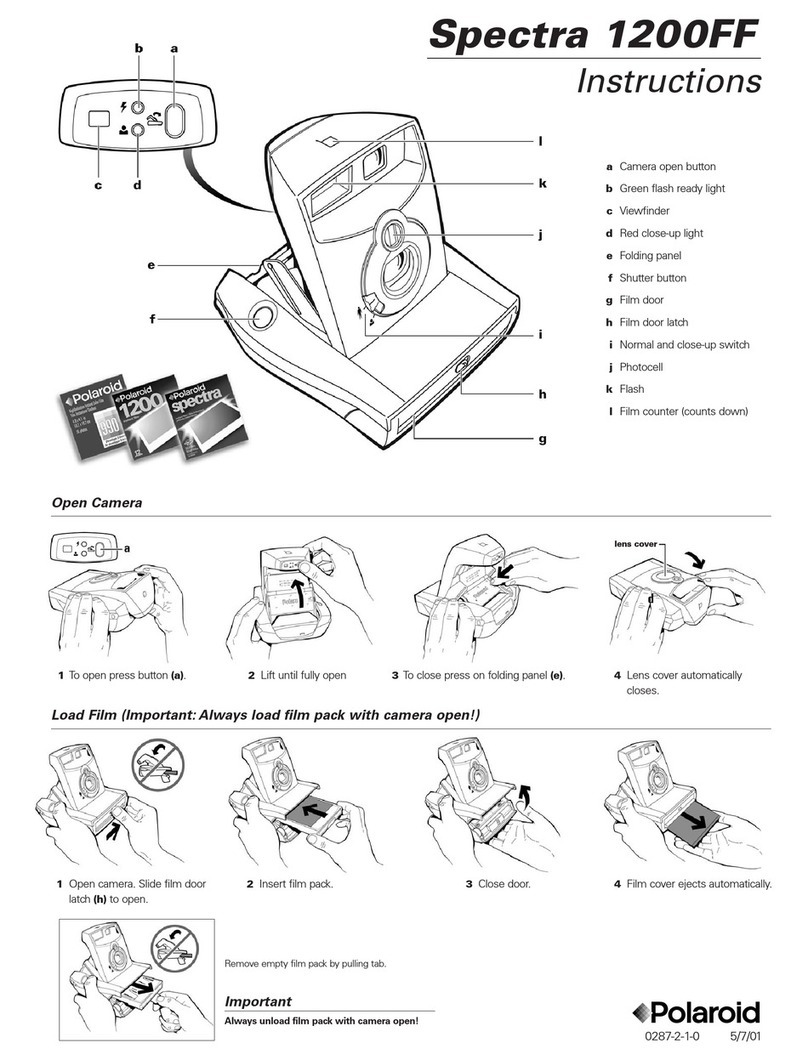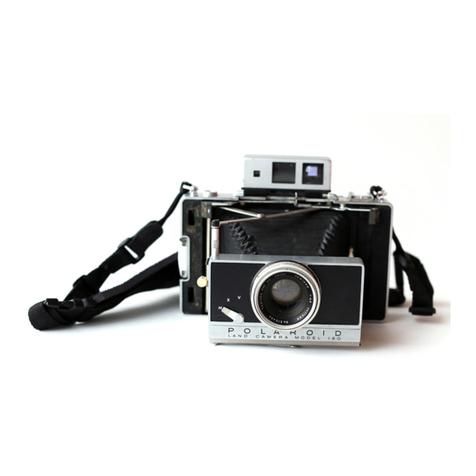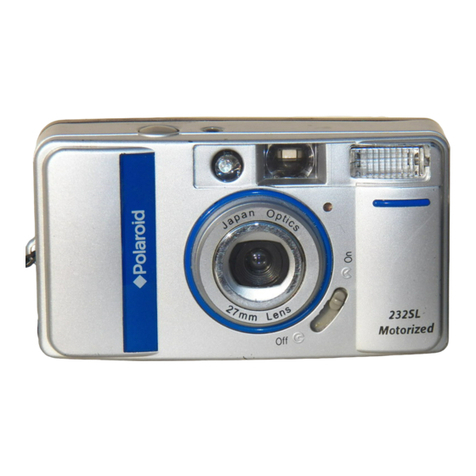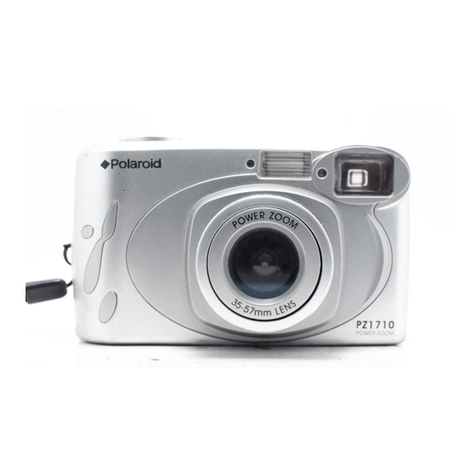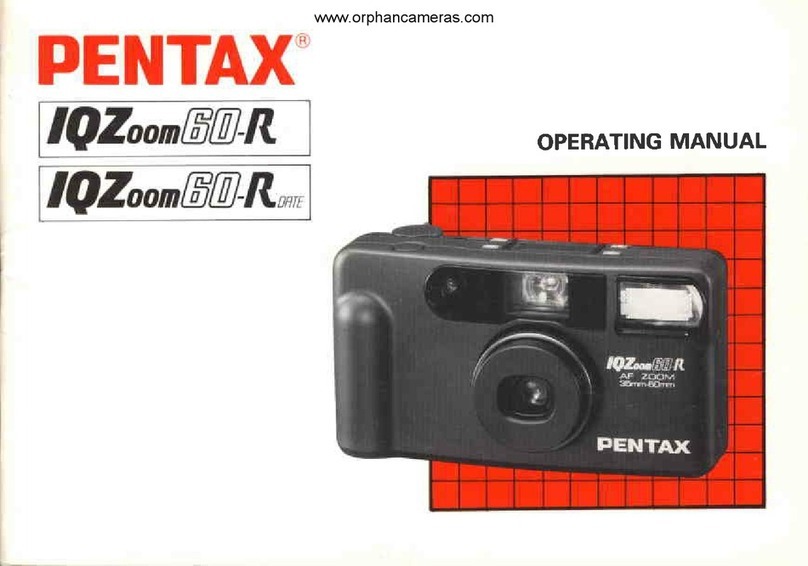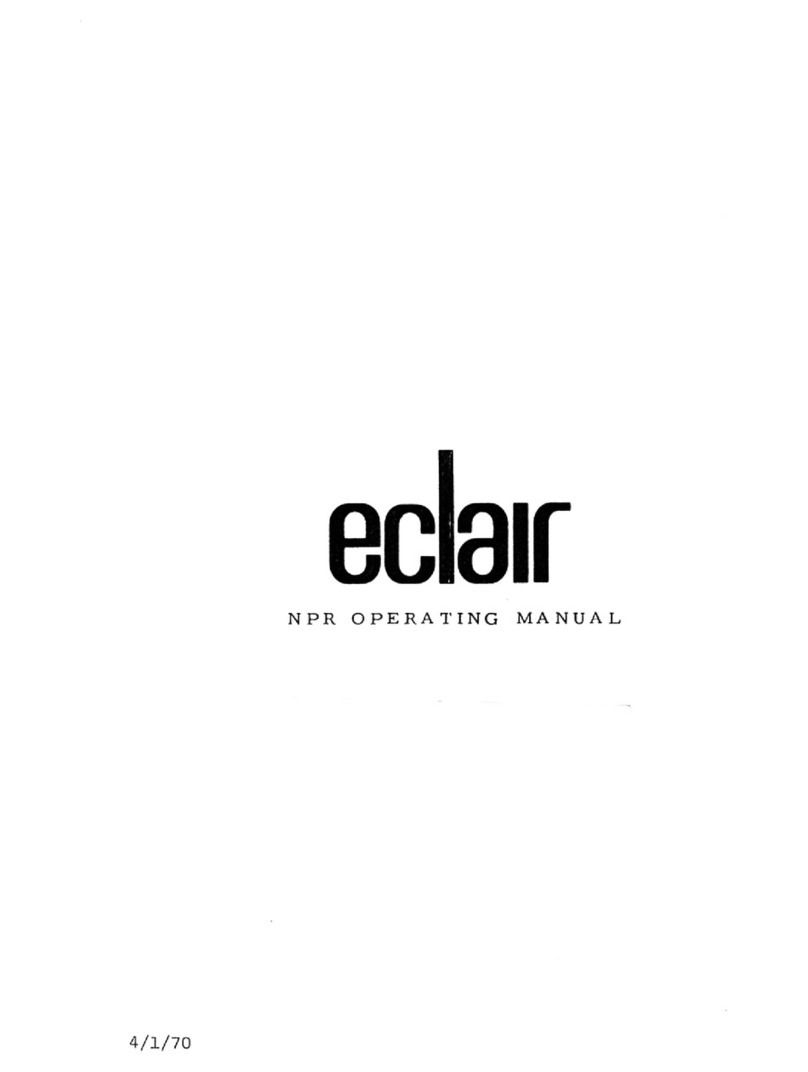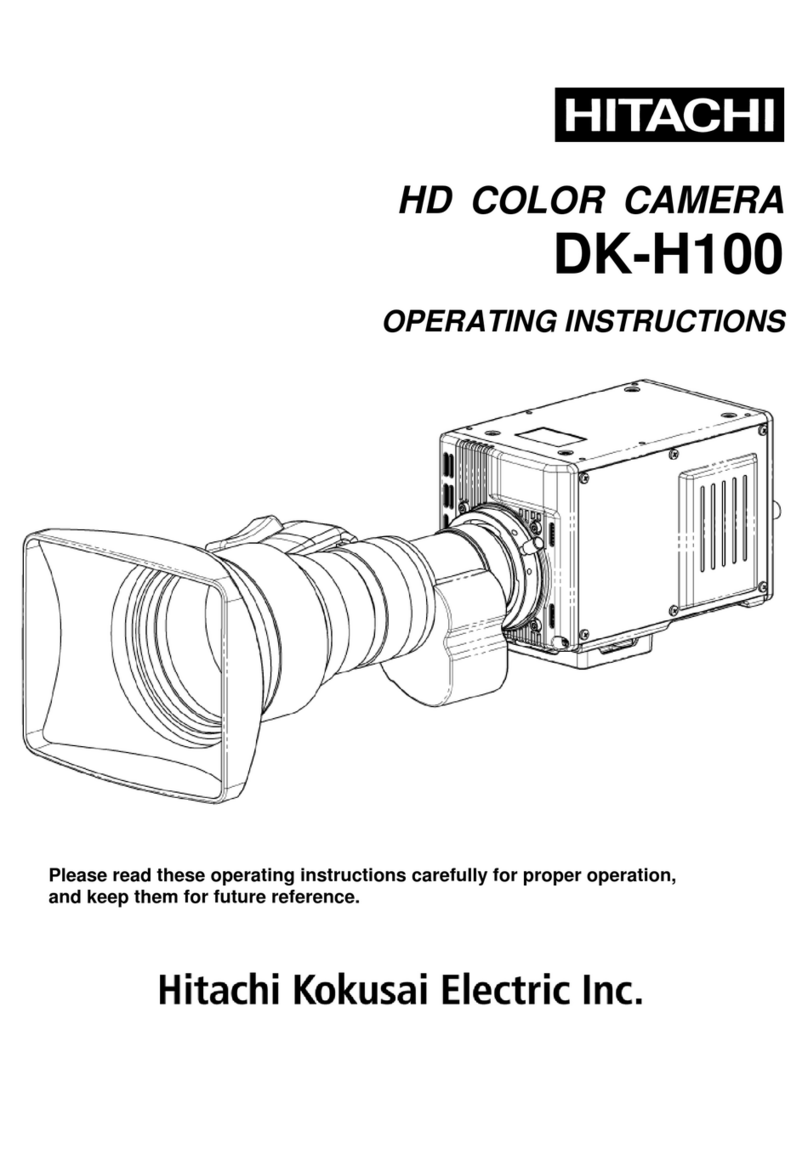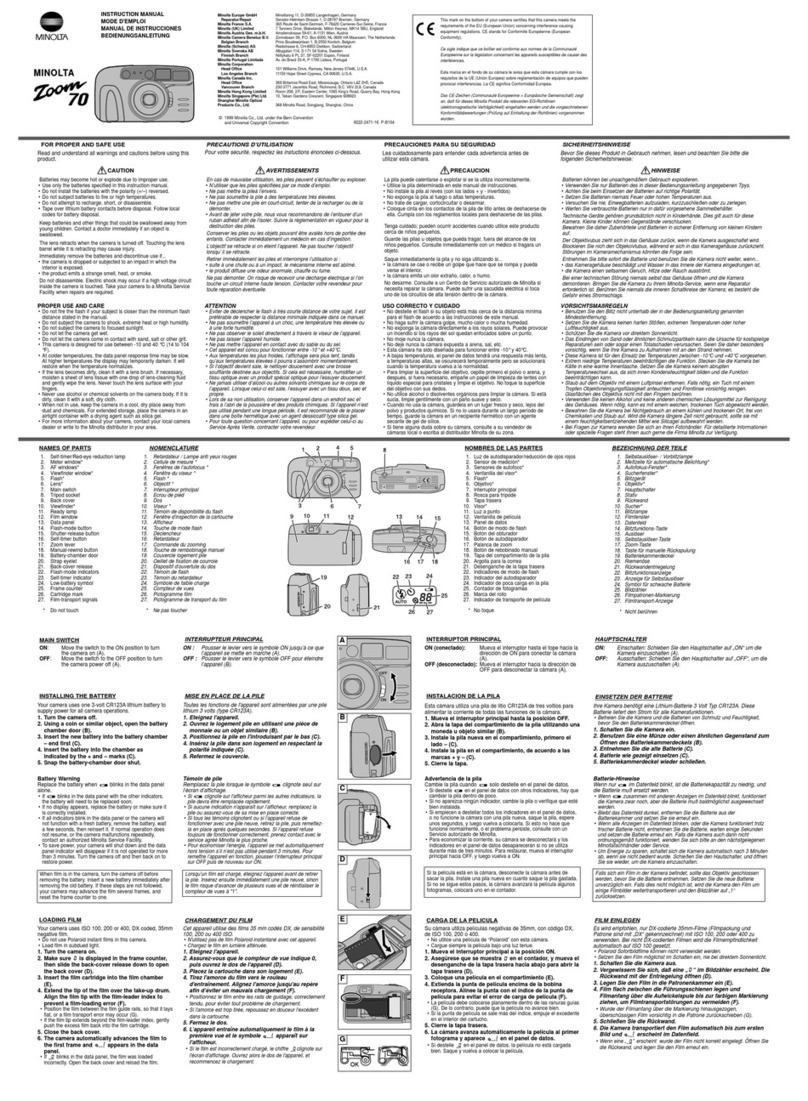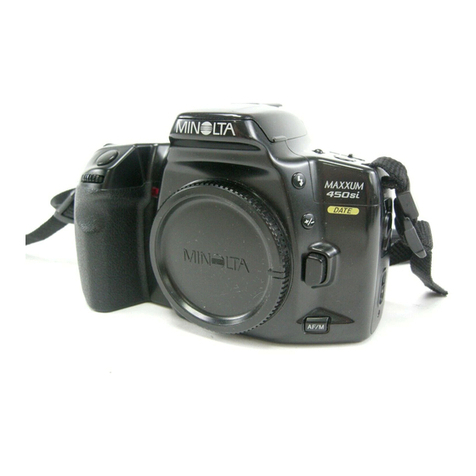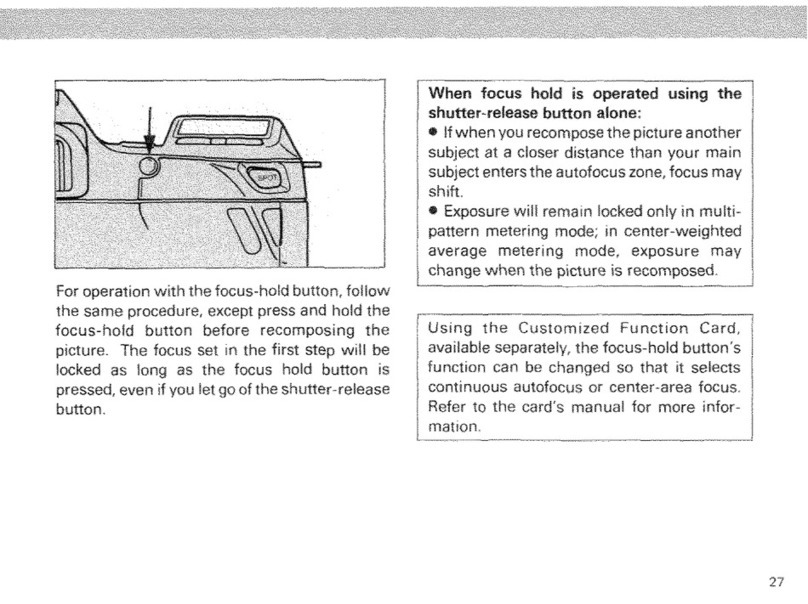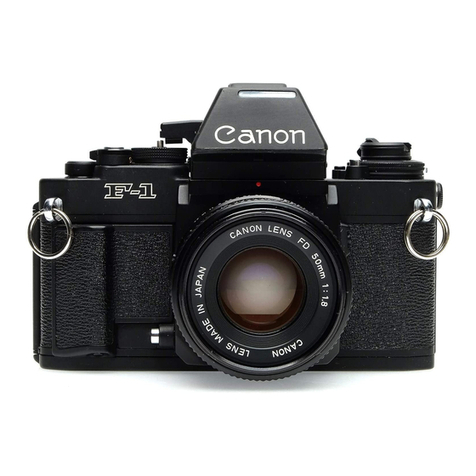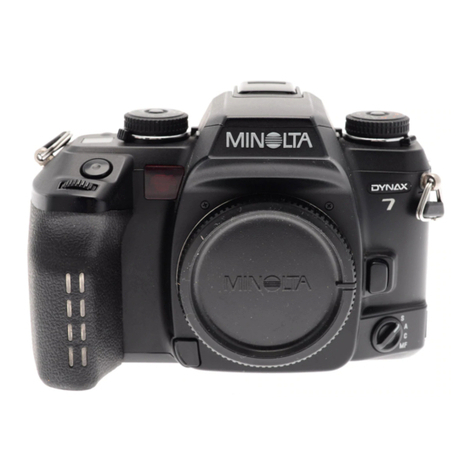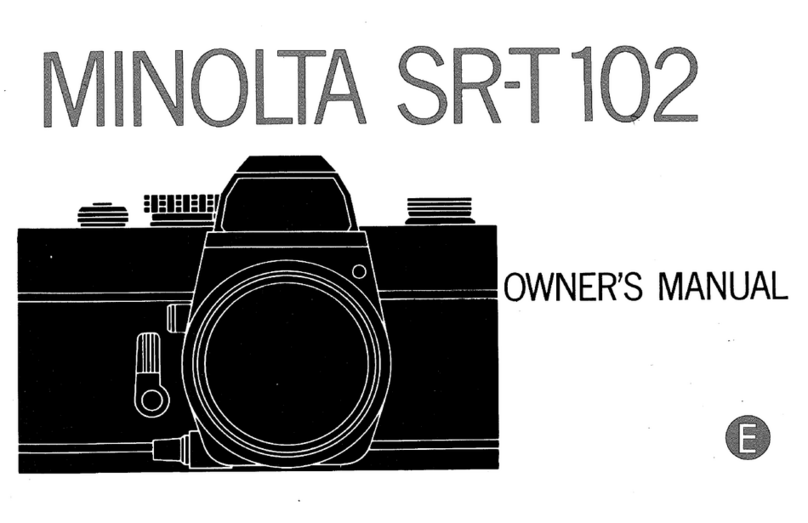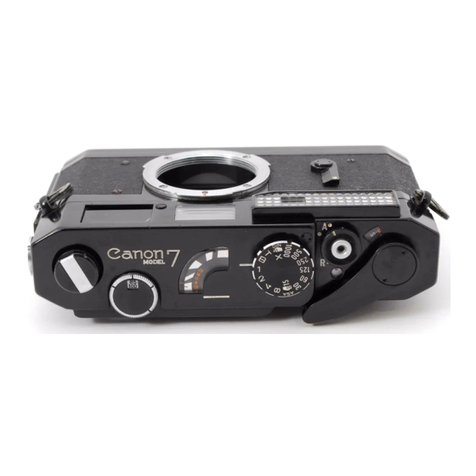
English English
Flashbar, the camera wi, a.utomaticary serect the next fresh burb
l"^,^t!:- l.¡l fl ash p icru,rá. ñ¿,;; ;;; fl;.ñ;ñ;," th e atmos p here
contatns gases or dust that may be ignited by a spart . -
Three points to remember when using flash
l:_F9,"r" carefully: Focusin-g is important, not only for produc_
rng sharp pictures. but also fór getting corieciy exposed flash
pictures. tf the tens is not focuséd á;;r;ái;ty,'l riáiñ"pi.trrJi.,"v
be too light or too dark, u. *"liá. ;;;h;;;.''' '
?. Ilr" background is imgorfant: place your subject close to a
tisht-cotored backorou¡.fl, tt you ián. i;-úír-;ut bd,iiñ;;;bÉ;
and the backgroun-d wiil Ée ri,é[ lit."' "'
3. Arrange groups carefulty: All the persons in a group should
be about the same distance lro_m the "áráá, io assure thev will
all be tit eventy by the flash. wr,,é,i iiüáiü;i;ñ;,*iiii.;á#;:
onty the person ón wnom *re i"n1 üálrá.r;;i ;iliil ;;;;'¿it;"
exposed; the others wiil be too ligtri ói ióó;";"i.
ror spectat purposes, you can use flash in daytight (see page g).
Outdoor pictures
on sunny days, stand so the right comes from behind you or from
the side. Do not shoot directtyinto tná .rnlü'Ái ééÁ"rílv, ,r'úi".l,t
and background brightness JÉoriá ii" "o,jüitÁL same. uneven
Iighting could ,,footñ the camera's "t";t,i;;y;; ;hich measures
the light it "sees" coming fro, iñ.-;;;;J#i'..t. the shutter
accordingly for an exposure.
Watch.the background.. .lf a large part of the background is much
darker than your main subject, tf,é eieitr¡c ey. *if f téná ü-r;t;h;,,
exposure for that backoroünd,'a"a ir,e Jüol.e.,ti *iu ¡. üiirür,t.,,"
in the picture. tf the baiksrouh; l; i;;Is;i;lih;; the main subiect.
the etectric. eye wil tend r-o set thé ,iip"d.,ii" iJi til;d;i;'Ái i,;:,i:",,
sround and. as a resutr. rh.e subject riirlr u"ioá'¿ári i; fÉ; ñi.i;r..
You can coirect tnis taúti ¡n áne';i.t;',iáy.l"ritrr.. come close to
the subject, so that the etectriJév" ;,éJ.r;tnli a titfle of the
background, or adjust the Lighten/Darken control (see below).
Arso,.you can sometimes Iighten the main subject, if it is too'
dark, by using flash (see pa-ge g).
Sharpness - from near to far - in sunlight: On bright, sunnv
flx,,; i[ # i ; s L' ? ;,f j 1'á ? ;: ñTJi it Íi.i,J.:¿:i #, fl ii ] ] iíiii?t,'
lx "rÍil ii f; i ii'"}u,' ¡Iirl tec h n i q u e * iii ñ ói woi*';; ;';¿;i ü ;v''
The,Lighten/Darken confrol: For most pictures, leave the
Lrgnren/uarKen control at the normal position (.1 1A).
However, if the main subject is to.o light or too'dart<'in a daylight
picture, you can use this-control to aójust the exposure fói'án"- -
othe.r picture in the same location and'the iare i¡ql.'rtinq.loi ,
smalt change, turn it one mark toward eiflrer LiéhiÉn'iiíbi;r-
Darken .(1 'l,C); for a greater change ,ore ¡ftwó'rarts. Ol not ,s"
rne controt to correct lor flash.pictures.that are too light or too
dark. Such results are generally caused Ov iñáócuratdtocusiáé.
The film shade
Each picture,that you take wil come out of the camera in the same
ryay.as rne frtm cover. As it is ejected, you will notice a black
:I-"9: ql top,of it.,This shade wilt uuidrátióáiry sprins baól into
rne camera when the f¡lm cover is most of the way out. The shade
will appear in the same manner with the ejection ót-each ói.ü;;:"
rrs purpose-ts to sh¡etd the_.loicture from light during the first
moments of deveropment. The foilowing ¡iustrát¡oñs sñow-how the
Tilm snaoe operates.
ffiryw
?g_!ot lamper with the film shade; it is a delicate part of thé
camera syslem.
